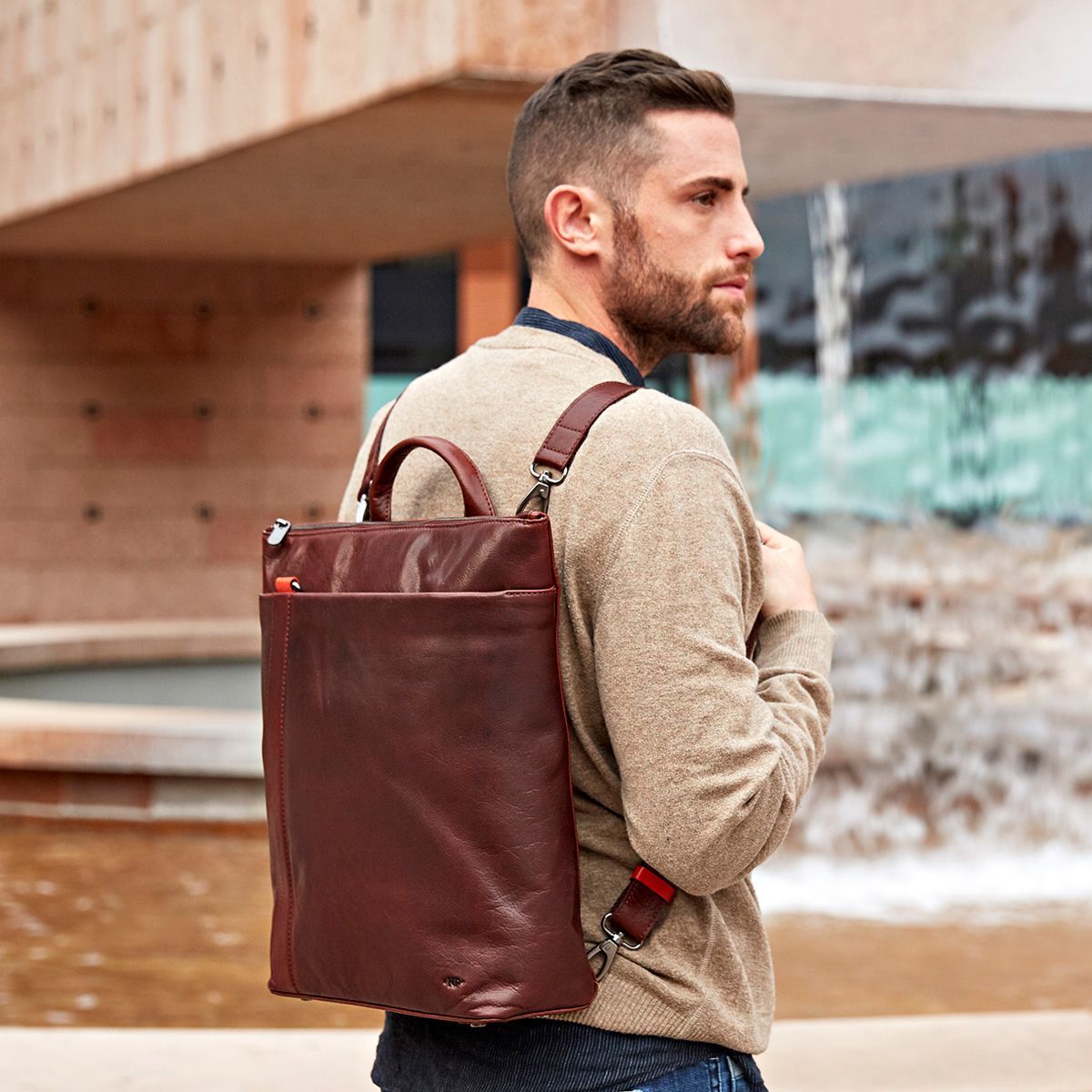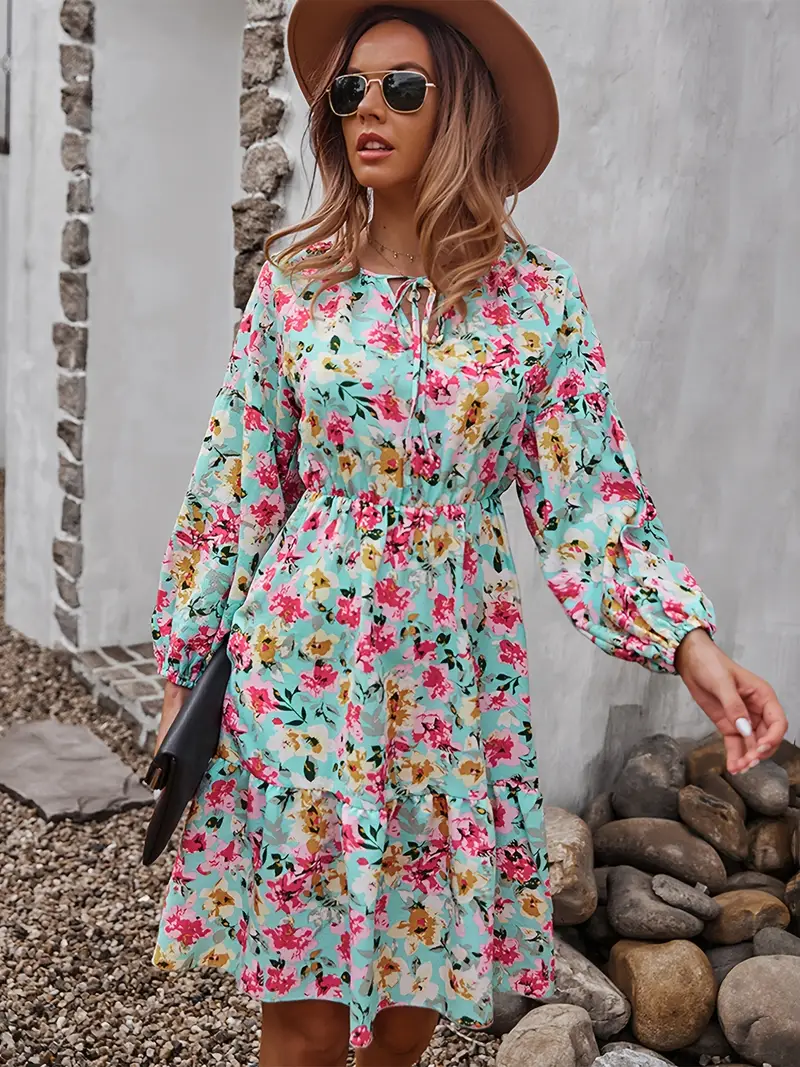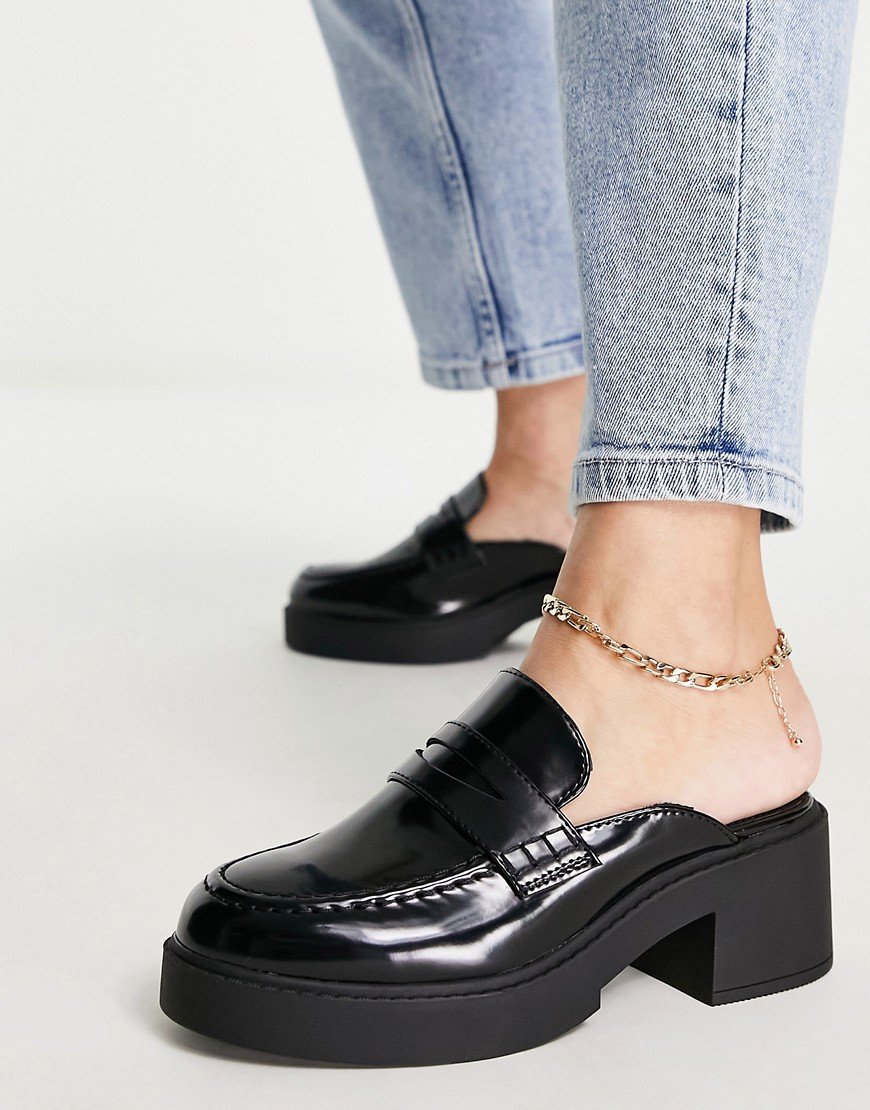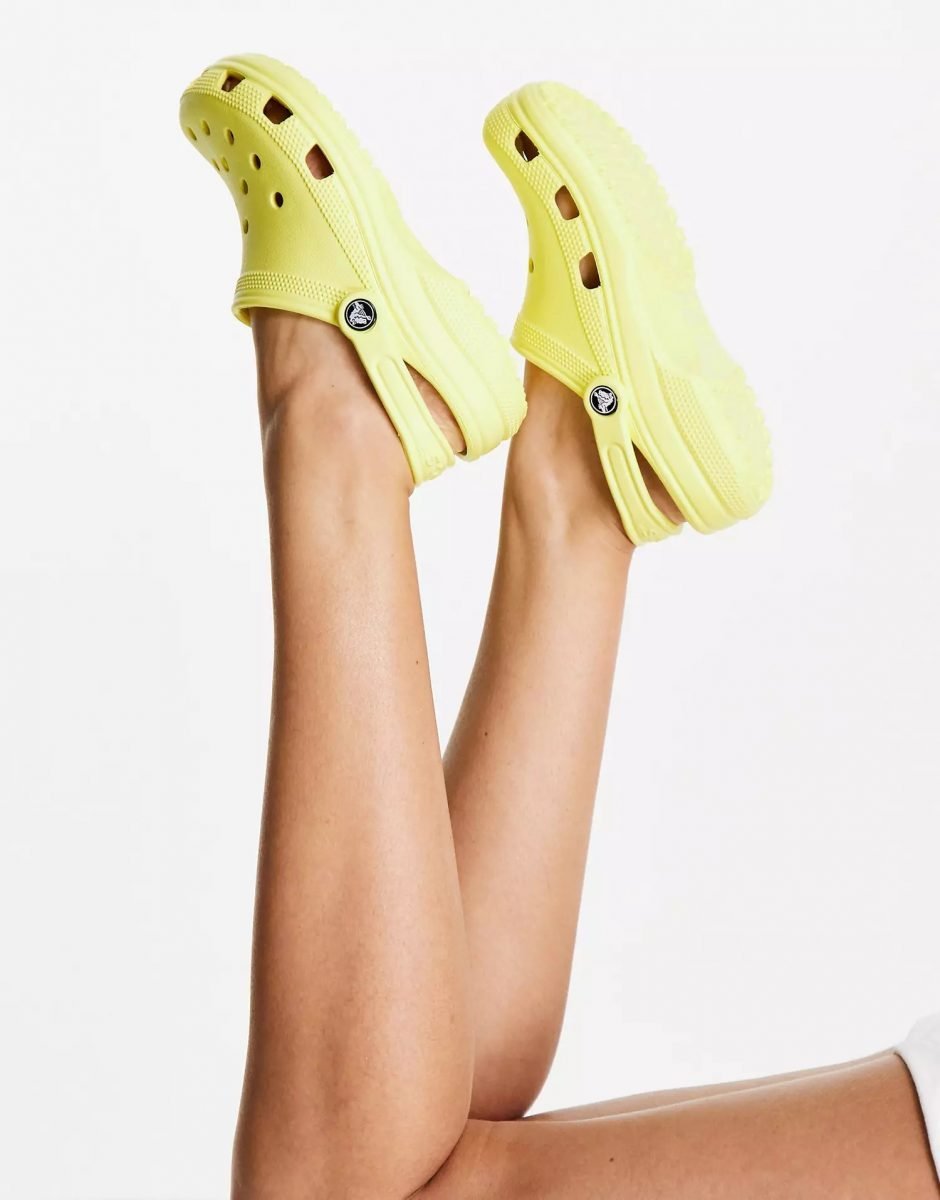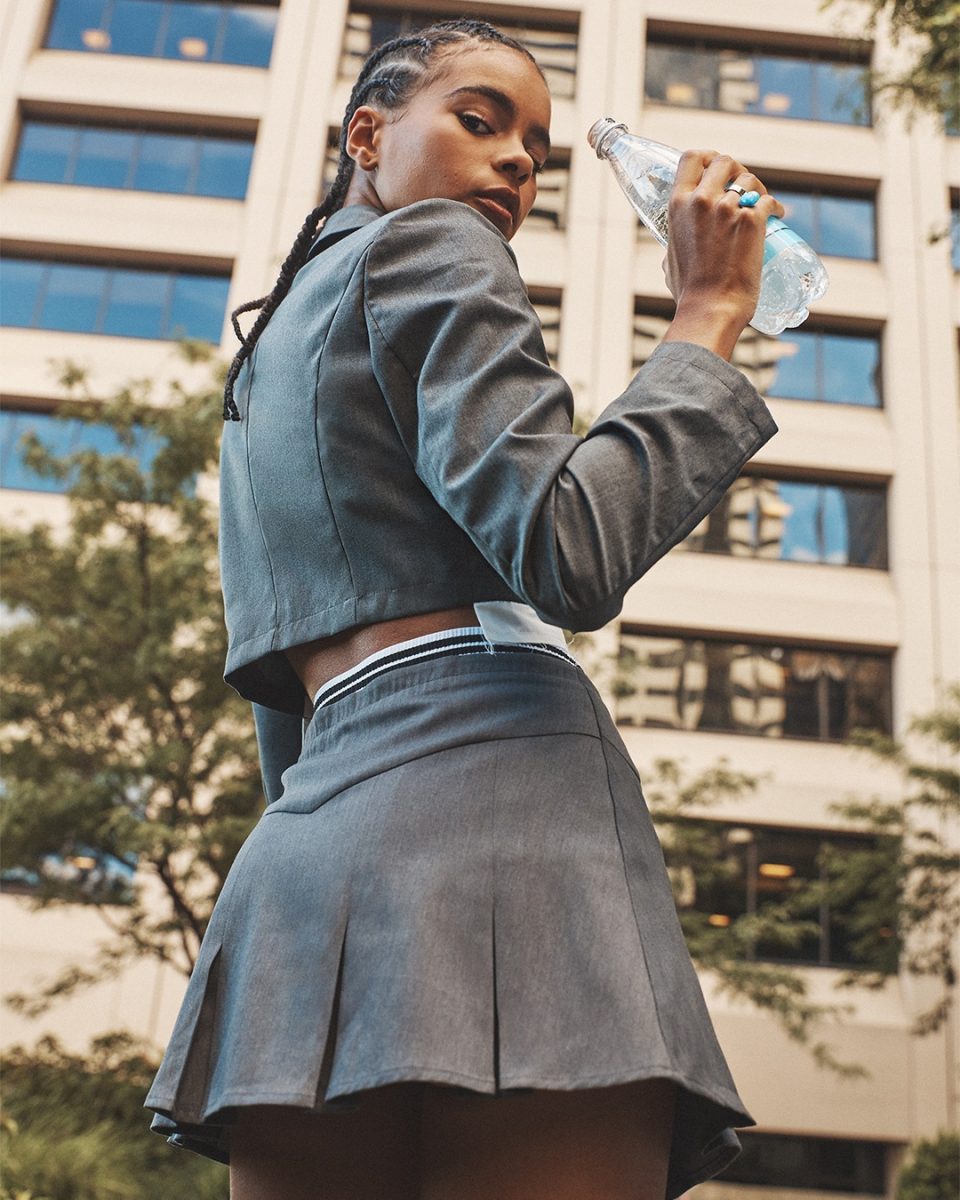
How Cider is dethroning the fast fashion giant Shein?
While fast fashion brands have been criticized lately, and awareness is growing about the damage caused by this industry, a new brand has achieved the unthinkable: overtaking the giant Shein. With a marketing strategy supported by CGUs and greenwashing, discover how Cider is establishing itself as the new power of ultra fast fashion.
The arrival of Cider in France, the number one online fast fashion brand
The online brand Cider was designed to offer pieces and looks to the Gen Z generation. Thought like other fast fashion brands, the brand offers constantly renewed pieces at low prices, riding the current trends, such as the y2k style that we recently analyzed.
However, the brand stands out from the others by offering more varied models, more in line with their target audience, and above all by highlighting moods and aesthetics worthy of Pinterest. Cottagecore, dreamy, cute mood… Buyers can navigate through various categories and create total looks that reflect those worn by their favorite Instagrammers and stars. The brand became known thanks to the replica of a Versace dress, worn by actress Christa Allen in a Tik Tok video referencing the movie 13 Going on 30. A video that had a bombshell effect and propelled Cider into Vogue. A decisive PR move!


The brand, supported by investors such as A16z, DTS global (which invested in Tik Tok), and MSA Capital, saw its valuation rate exceed one billion dollars in the fall of 2021 and experienced a growth of 1,686% between 2021 and 2022.
Cider’s success is explained in particular by the use of data to improve the user experience. By studying the behavior of its customers, the brand refines its offering with pieces to their liking, in order to encourage purchases and retain customers. The brand aims for more accurate stock management in order to only offer pieces that will sell.
In line with this progress, the brand is now arriving in France, 10 years after Shein, to conquer a new share of the market.
How is the customer at the center of Cider’s marketing strategy?
Where Cider has managed to stand out is through its marketing strategy. Addressing a young target audience, ultra present on social networks, the new fast fashion brand has managed to distinguish itself thanks to new communication channels.
Created in the context of Covid, the brand was able to benefit from lockdowns and increased use of social networks to develop its audience and convert new customers. In fact, if the brand became popular so quickly, it is mainly due to the showcase effect that Tik Tok had for the brand.
With the trend of haul and try-on videos, Cider has been able to benefit from CGUs and thus free advertising, propelling it to its current position as a major player in fast fashion. Created years ago, first in writing and photos on blogs, then YouTube videos to showcase purchases, try-on videos are now one of the most active trends on social networks.
Thus, thousands of buyers have shared Cider hauls, referenced under the #FashionTok tag. Presentations of worn pieces, creation of looks, or opinions on Cider, these videos help boost the brand’s reputation on one of the most influential communication channels for its target audience, namely Gen Z.
Why is the spirit of community inseparable from Cider’s success?
The ready-made aesthetics and moods of Cider’s collections allow buyers to easily identify with a fashion niche and to properly reference and tag their photos on social networks. This idea of community, called the #CiderGang, is essential to Cider’s marketing strategy and makes all the difference compared to other industry giants.

The brand encourages its buyers to communicate about their pieces via social networks, by offering duets on Tik Tok, highlighting them in campaigns, or by creating requested pieces as we can read on their website. Offering visibility to their buyers (eager for followers) in exchange for CGUs from their part, this is a well thought out and fruitful system for the brand.
Is Cider ethical or does it use greenwashing?
Consumers find themselves nowadays in a catch-22 when it comes to buying new pieces. Namely: frequently buying new trendy pieces at low prices from brands with non-responsible production. Or, favoring brands with timeless, slightly more expensive pieces, but designed in an ecological and ethical manner?
With the awakening of consciousness about the current state of the world and the urgency to change our habits, former fast fashion consumers have reconsidered their consumption habits in order to have an impact more in line with their values. This is a new parameter that brands must take into account in order to maintain their power. And Cider has understood this well and has found a solution to ease the guilt of its buyers and keep them loyal.
The reality of Cider is the same as that of Shein and all the other fast fashion brands, from Boohoo to Pretty Little Things to Zara. In order to allow for constant collection renewal, with thousands of low-priced pieces and extremely fast deliveries… there are no multiple solutions, at least, there is no eco-responsible and ethical solution.
It goes without saying that Cider outsources the production of its pieces abroad, under working conditions, one can imagine, deplorable, with non-compliant standards and toxic substances applied to anything but organic cotton pieces. In short, the typical production system of the fast fashion industry that has been at the heart of debates in recent years.
Smart fashion according to Cider
Cider does not hide from this reality, but instead counterbalances it with the bandage of zero waste and smart fashion. The brand claims to apply a system usually associated with responsible fashion, namely pre-ordering. Cider only launches production of the pieces ordered, in order to avoid having unsold stock and thus better manage their waste. The brand claims not to be 100% zero waste, but is working to reduce its environmental impact.
Moreover, the brand justifies these low prices with this order-based production system, avoiding budgeting for possible losses. It calls this principle smart fashion and highlights it in bold on its About page. A delicate term, giving the illusion of responsible and well-thought-out fashion. While the low cost comes much more from outsourcing to factories with working conditions that defy the notion of legality.
However, by highlighting these initiatives, consumers have the impression of buying more ethically from Cider, even though the manufacturing of their pieces is just as deplorable as that of other fast fashion brands.
Although awareness is evolving, brands are innovating by using consumers’ “weak points” to lure them with beautiful speeches and promises, sprinkled with greenwashing. Read between the lines and prioritize responsible brands, which may be more expensive, but one of their t-shirts will last as long as 5 purchased from fast fashion…
